10 Email List Cleanup Tips for Better Results
You invest significant effort into email list growth, but prioritizing subscriber count alone risks neglecting critical email marketing KPIs. Without improvements in email open rates, click-through rates (CTR), and email marketing ROI, a large list delivers minimal value. Focus on subscriber engagement metrics like click-to-open ratio (CTOR) to gauge content relevance and conversion rate optimization to drive sales. Track campaign performance analytics to ensure your lead generation efforts translate to customer acquisition and revenue growth. Remember: Email deliverability, audience segmentation, and personalized email content directly impact customer retention and lifetime value (LTV). Optimize for quality, not just quantity, to build a high-performing email strategy that boosts ROI-driven marketing outcomes.
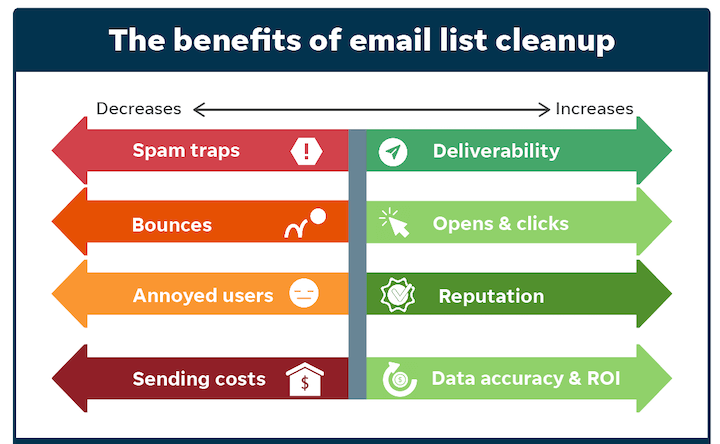
Email marketing remains a powerful lead nurturing and customer retention tool, but its success hinges on one critical factor: subscriber engagement. Without an active audience that values your content, even the most polished email campaigns fall flat.
In this guide, we’ll share 10 actionable strategies to clean your email list, boost email deliverability, and maximize email marketing ROI. But first, let’s break down why email list hygiene is non-negotiable for performance-driven marketers.
Why Clean Your Email Marketing List?
Regular email list maintenance is a best practice for improving campaign performance metrics, refining audience segmentation, and protecting sender reputation. Here’s how a scrubbed email list drives results:
1. Hyper-targeted messaging: A segmented email list aligned with subscriber preferences, buyer personas, and customer behavior enables personalized email campaigns that boost conversion rates.
2. Improved engagement metrics: Clean lists reduce inactive subscribers, driving higher email open rates, click-through rates (CTR), and click-to-open ratios (CTOR).
3. Data-driven optimization: Engaged subscribers generate actionable email analytics from A/B testing and campaign tracking, revealing content preferences, CTA effectiveness, and customer journey insights to refine marketing automation workflows.
4. Spam avoidance: High bounce rates, spam complaints, and unsubscribe rates trigger spam filters, tanking email deliverability and inbox placement. Regular list scrubbing protects your IP reputation and ensures compliance with GDPR/CAN-SPAM regulations.
By prioritizing list hygiene, you safeguard customer lifetime value (CLV), reduce cost-per-acquisition (CPA), and foster brand loyalty through value-driven communication.
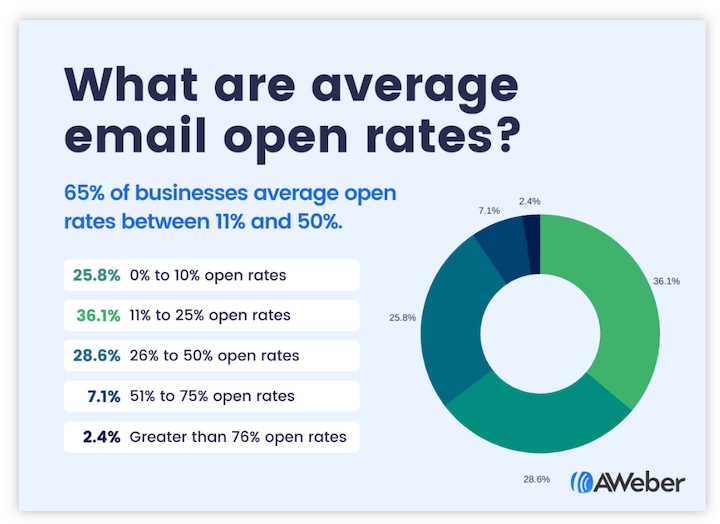
10 Proven tips to declutter your email marketing list I Boldinbox
Best Email marketing Boldinbox delivers an unmatched ROI of $36:1 (Litmus), but this hinges on list hygiene and subscriber quality. To maximize email marketing ROI and sustain high-performing campaigns, prioritize email list cleaning to retain only engaged subscribers. Below is your first critical step to declutter your list and boost lead nurturing and customer retention outcomes.
1. Eliminate Hard-Bounce Emails
Hard bounces occur when emails fail delivery due to invalid email addresses, deactivated domains, or blocked email servers—issues that cannot be resolved, unlike soft bounces (temporary delivery failures). Retaining these contacts harms email deliverability, triggers spam filters, and damages your sender reputation, leading to poor inbox placement rates.
Pro Tip:
-
Use email verification tools like ZeroBounce, Clearout, NeverBounce, Emailable, Mailfloss, MailerCheck to automate hard bounce removal.
-
Regularly audit lists to comply with GDPR/CAN-SPAM regulations and avoid spam traps.
-
Monitor bounce rate metrics to maintain a sender score above industry benchmarks.
By scrubbing hard-bounce emails, you protect IP reputation, improve campaign performance analytics, and ensure resources focus on high-intent leads.
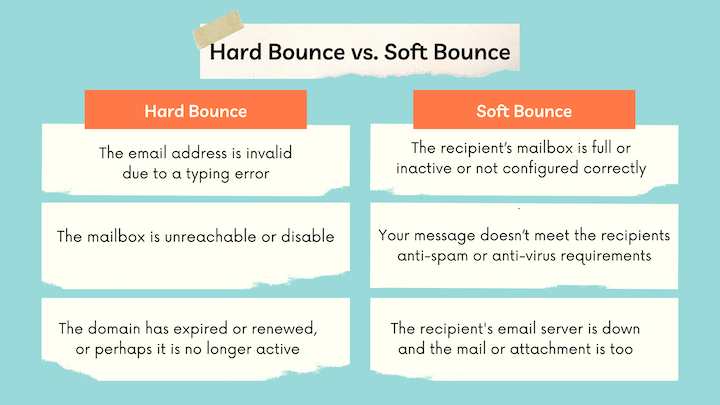
2. Remove Duplicate Email Addresses
Duplicate emails—common when importing contacts—undermine list hygiene and data integrity. Sending multiple copies of the same campaign inflates unsubscribe rates, skews campaign metrics (e.g., open rates, click-through rates), and increases spam complaints as recipients mark repetitive emails as junk.
Pro Tip:
-
Use deduplication tools to merge or purge duplicates automatically.
-
Apply audience segmentation to ensure overlapping lists (e.g., lead magnets vs. customer lists) are scrubbed.
-
Audit imported contacts for GDPR/CAN-SPAM compliance to avoid penalties.
Eliminating duplicates sharpens email personalization, reduces cost-per-click (CPC), and preserves subscriber trust.
3. Identify and Prune Inactive Subscribers
Leverage email engagement metrics (e.g., open rates, click-to-open ratios, conversion rates) to flag inactive subscribers. While re-engagement campaigns (e.g., win-back emails) can revive dormant contacts, persistent non-engagement signals low customer lifetime value (CLV) and risks list decay.
Pro Tip:
-
Set engagement thresholds (e.g., no opens/clicks in 6-12 months) to trigger automated list pruning.
-
Use A/B testing to refine re-engagement messaging (e.g., exclusive offers, surveys).
-
Implement a sunset policy to auto-delete subscribers who ignore reactivation efforts.
Removing cold leads improves sender score, reduces email marketing costs, and prioritizes high-value audiences for ROI-driven campaigns.
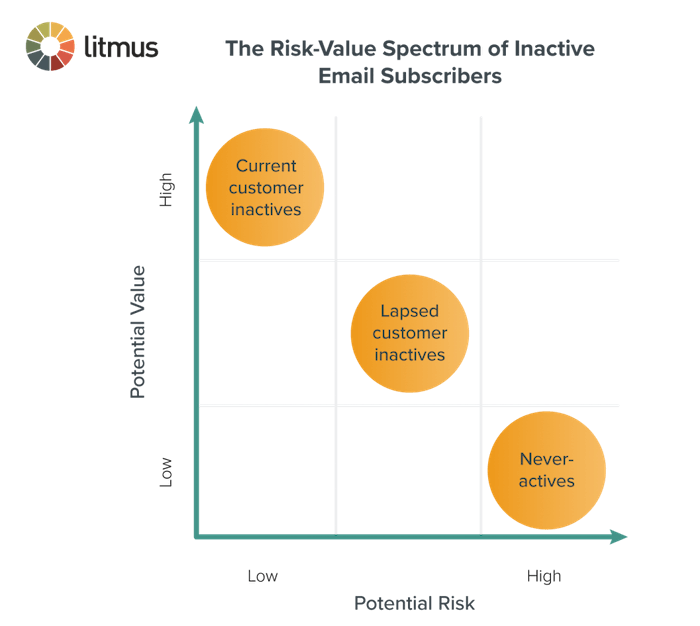
4. Define Your Ideal Subscriber Persona
Crafting buyer personas based on customer demographics, purchase behavior, and engagement history helps identify high-value subscribers who consistently open, click, and convert. Use customer journey mapping to align hyper-targeted content with their pain points, boosting email relevance and lead scoring accuracy.
Pro Tip:
-
Leverage market research tools and email analytics to refine personas.
-
Align content strategy with persona preferences to reduce list churn.
-
Prioritize lead generation efforts targeting personas with high customer lifetime value (CLV).
Sharpening personas streamlines audience segmentation, minimizes list decay, and elevates conversion rate optimization (CRO).
5. Invest in Email List Management Software
Tools like ActiveCampaign, HubSpot, or Mailchimp automate list segmentation, behavioral tracking, and CRM integration, enabling dynamic content delivery. Features like two-way data syncing and contact categorization ensure list hygiene while aligning with multi-channel marketing workflows.
Pro Tip:
-
Use marketing automation to trigger emails based on subscriber actions (e.g., cart abandonment).
-
Integrate with call center software or SMS marketing platforms for omnichannel engagement.
-
Apply predictive analytics to forecast subscriber engagement trends.
Advanced tools enhance campaign ROI, reduce manual list maintenance, and strengthen customer data platform (CDP) efficiency.
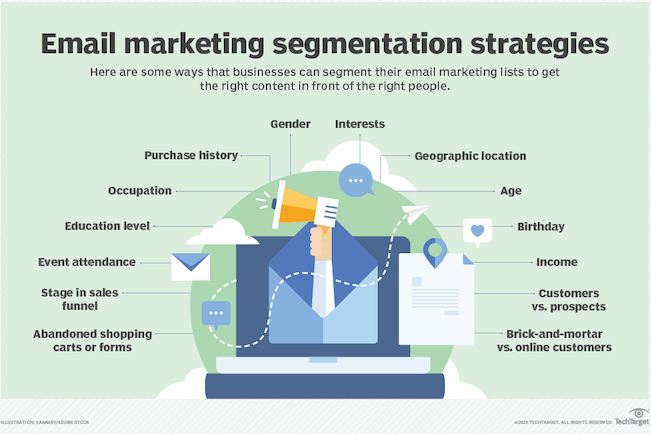
6. Simplify Unsubscribe Processes
A one-click unsubscribe option in your email footer ensures GDPR compliance and protects brand reputation. Complicated opt-out workflows spike spam complaints and harm sender credibility, while seamless exits reduce churn rates and foster subscriber trust.
Pro Tip:
-
Audit unsubscribe flows for CAN-SPAM Act compliance.
-
Use exit surveys to gather feedback from departing subscribers.
-
Monitor unsubscribe rate metrics to identify content gaps.
Transparent opt-outs improve email deliverability and prioritize quality leads over vanity metrics.

7. Launch Re-Engagement Campaigns
Target inactive subscribers with win-back emails featuring personalized incentives (e.g., discounts, surveys) or exclusive content. Use A/B testing to optimize subject lines and call-to-action (CTA) effectiveness, reactivating dormant leads before list pruning.
Pro Tip:
-
Set automated triggers for users with zero opens/clicks in 90+ days.
-
Highlight new product launches or loyalty programs to reignite interest.
-
Track re-engagement campaign metrics (e.g., reactivation rate) to refine strategies.
Successful campaigns reduce list decay and recover at-risk customer segments.
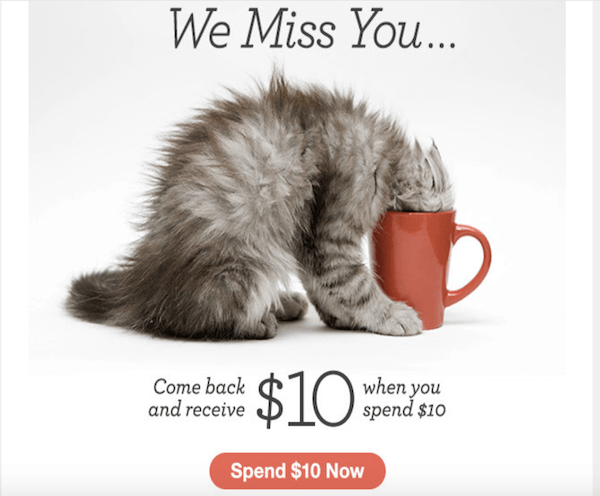
8. Offer Preemptive Opt-Out Opportunities
Send sunset emails to inactive users, allowing them to opt out before removal. This consent management tactic reduces spam flags, preserves sender reputation, and identifies truly disengaged contacts for deletion.
Pro Tip:
-
Use humor or urgency (e.g., “Last Chance!”) to prompt action.
-
Pair opt-out requests with preference center links for flexible engagement.
-
Automate sunset workflows to align with data retention policies.
Proactive opt-outs streamline list hygiene and uphold ethical email practices.
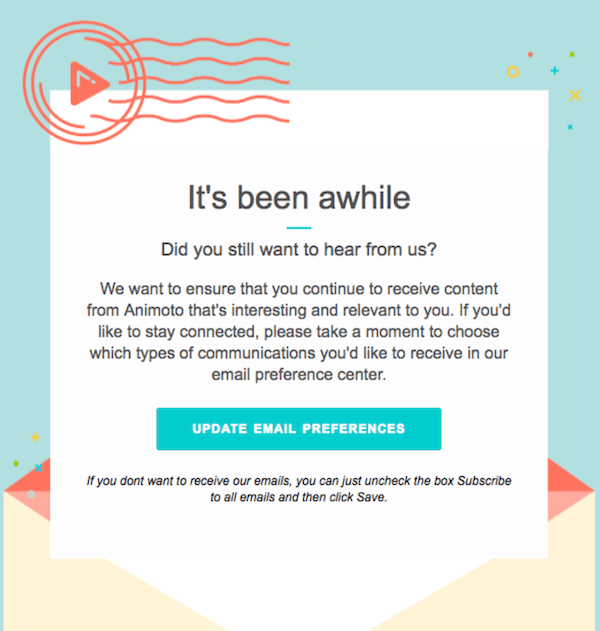
9. Implement Opt-Down Preferences
Preference centers let subscribers customize email frequency and topics, fostering customer-centric communication. Pair this with multi-channel options (e.g., SMS, phone via 800 numbers) to cater to diverse engagement styles.
Pro Tip:
-
Promote preference centers in welcome emails and footers.
-
Use heatmap analytics to optimize center usability.
-
Align options with customer journey stages (e.g., post-purchase vs. prospect).
Opt-down strategies boost subscriber satisfaction and reduce list fatigue.
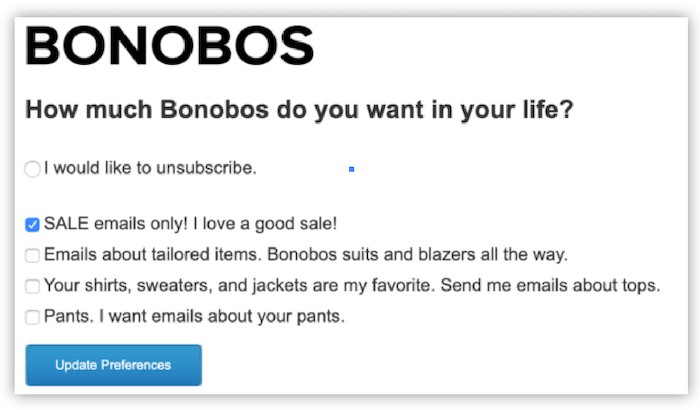
10. Embrace Data-Driven List Pruning
Delete persistently inactive subscribers to combat list decay and focus on high-intent audiences. Prioritizing engaged subscribers over sheer volume improves ROI-driven email strategies and protects sender score.
Pro Tip:
-
Set clear engagement benchmarks (e.g., no opens in 12 months = removal).
-
Analyze campaign attribution data to identify low-value segments.
-
Celebrate list quality gains (e.g., “1,000 engaged > 10,000 inactive!”).
Letting go of dead weight amplifies customer retention and revenue growth.
Start Optimizing Your Email List Hygiene Today
Decluttering your email list isn’t just about pruning inactive subscribers—it’s a strategic shift toward ROI-driven email marketing. While vanity metrics like subscriber count may tempt you, email engagement (opens, clicks, conversions) is the true driver of customer retention and revenue growth. Here’s how to transform your list into a high-performing asset:
1. Scrub Hard-Bounce Emails
2. Eliminate Duplicate Contacts
3. Flag Inactive Subscribers
4. Leverage List Management Software
5. Define Ideal Subscriber Personas
6. Simplify Unsubscribe Flows
7. Launch Win-Back Campaigns
8. Offer Pre-Removal Opt-Outs
9. Prioritize Quality Over Quantity
Learn How To Unlock Email's Full Potential!
Conclusion
Elevate Your Email Marketing with a Clean, High-Performing List
A pristine email list isn’t just a hygiene task—it’s the cornerstone of ROI-driven email marketing. By prioritizing subscriber engagement, list hygiene, and data-driven optimization, you transform your list into a revenue-generating engine. Whether scrubbing hard bounces, launching win-back campaigns, or refining buyer personas, every step amplifies email deliverability, customer retention, and lifetime value (LTV). Remember: A smaller, high-intent audience outperforms a bloated list every time. Start today—your sender reputation, campaign ROI, and brand loyalty depend on it.
FAQs
1. How often should I clean my email list?
Aim for quarterly audits, but monitor bounce rates, spam complaints, and engagement metrics monthly. High-volume senders or industries with frequent role changes (e.g., B2B) may require bi-monthly scrubbing.
2. What’s the difference between hard and soft bounces?
-
Hard bounces: Permanent delivery failures (e.g., invalid addresses). Delete these immediately to protect sender's score.
-
Soft bounces: Temporary issues (e.g., full inboxes). Retry delivery for 72 hours before flagging.
3. Can I re-engage inactive subscribers effectively?
Yes! Use win-back emails with personalized incentives (discounts, surveys) and A/B test subject lines. If no engagement after 2-3 campaigns, prune them to avoid list decay.
4. Will cleaning my list hurt my subscriber count?
Short-term dips in count are normal—but engaged subscribers drive 80%+ of revenue. Focus on quality leads over vanity metrics.
5. How do preference centers improve list hygiene?
Preference centers let subscribers customize email frequency/topics, reducing unsubscribe rates and list fatigue. Promote them in welcome emails and footers.
Tags: Best Email Marketing Tool in Delhi, Boldinbox, Email List Cleanup, Increase Open Rates, Email Engagement, Email List Management, Email ROI, Re-engagement Campaigns, Email Deliverability, Email Marketing Best Practices 2025, Best Email Marketing Boldinbox.

